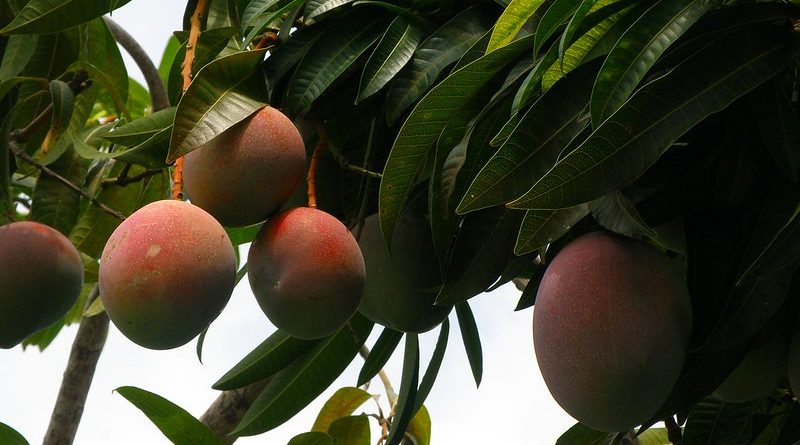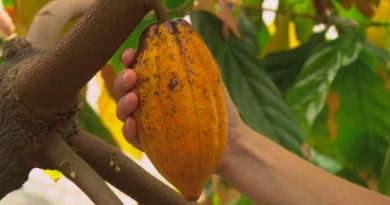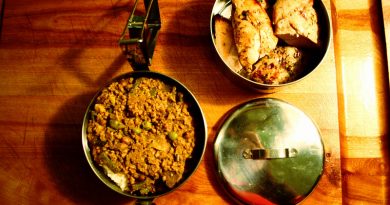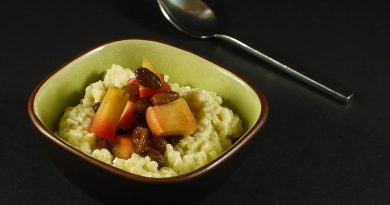Mango – India’s Divine Fruit
India’s greatest Emperors, the Mughals, were obsessed with mangoes, musk melons and other fruits, but mangoes in particular.
By the 16th century the Mughals had learnt that it was possible to grow fruits like grapes and apples in India, and Emperor Shah Jahan in particular liked to see fruits presented and weighed in front of him. He was furious when he’d discover that one of his sons had devoured mangoes from his favourite tree in Deccan rather than sending them back to the Mughal court.
At the time, hundreds of thousands of mangoes were grown in northern India; these days, contemporary India is in fact providing up to 40% of the world’s mango crop. The Mughals saw mango as a divine fruit (and a perfect gift for visiting royalties), much like the Hindus, who referenced the delicious fruit as early as 4,000 B.C. Buddha himself is said to have meditated under a mango tree within a silent grove, and Buddhist monks have cultivated the succulent gems over time [1]. By around 400 AD, mango seeds had already traveled the globe with explorers from the Far East reaching the Middle East, Africa and South America. The fruit thrives in tropical climate and is India’s national fruit, perhaps unsurprisingly, as the world’s largest producer and consumer of mangoes.
Spiritually, Hindus regard mango as the king of fruit and a symbol of prosperity and happiness, which is why it is used in one way or the other in all rituals of Hinduism amongst other religions. The word ‘mango’ itself derives from the Tamil word ‘mangkay’ or ‘mangay’; in Sanskrit a mango tree is known by ‘amra’ and in Hindi and Bengali it is called aam. The mango tree is personified with various gods, goddesses and spirits. Vriksha, Lakshmi, Govardhan and the fertility god reside in ‘aam’.
Various spiritual practices are used on a daily basis incorporating this divine fruit; i.e. tying a mango leaf in the main entrance of a house to absorb negative energy from anyone entering; for worship of the rain god Varuna, as rain nourishes all animals and human beings; using mango leaves for pouring ghee into the homa kundam (Sanskrit word for making offerings into a consecrated fire)[2].
Even if one does not believe in the spiritual meaning of mango, the health benefits of consuming mango speak for themselves. It is a rich source if vitamin A, vitamin C, and Beta-Carotene and Xanthophyll are the principal pigments in ripe mango. Not only is the fruit wonderfully healthy, but mango leaves are used in the treatment of burns, scalds and diabetes.
As for mango being part of the Indian cuisine, there is a sheer endless variety of dishes that incorporate mango in one way or the other. Lassis, chutneys, raitas, curries, pickles and dhals – delicious beyond belief!
More information
Recipe: Mango Sticky Rice
[2] http://en.wikipedia.org/wiki/Homa_(ritual)




